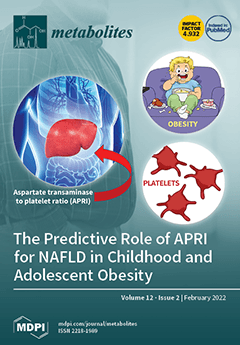The roles of the healthy microbiome on the host and the relationships between members of the microbiome remain to be fully characterized. Due to the complexity of the interactions between the mammalian microbiome and its host, the use of model organisms such as the nematode worm
Caenorhabditis elegans is a promising strategy to study host-microbiome interactions in vivo, as well as bacterial crosstalk within the host. Previously it was found that native bacterial isolates of the worm,
Chryseobacterium sp. CHNTR56 MYb120 and
Comamonas sp. 12022 MYb131, possess genomic diversity in the biosynthesis of the active form of vitamin B6, pyridoxal 5′-phosphate (PLP), and contribute to host fitness and lifespan extension. However, the relative contribution of PLP from each isolate, as well as the existence of interbacterial relationships within the worm gut remain to be characterized. In the present work, we investigated the presence and measured the abundance of PLP in the isolates and in the worms grown with the isolates using ultraperformance liquid chromatography tandem-mass spectrometry (UPLC-MS/MS). Our analyses confirmed the presence of PLP in vitro and in vivo. The elevated abundance of PLP in the isolates (which reached statistically significant levels when the two isolates were combined), and within worms grown with the combination of bacterial isolates, compared to control, indicated synergism between the isolates in the production of PLP. Isotope labeling revealed that
Comamonas sp. 12022 MYb131 was the main provider of PLP in worms grown with the combination of bacterial isolates. The dominance of this isolate inside the worm was further confirmed by a colonization assay. An untargeted metabolomics analysis of the bacteria showed that the pathways related to cell growth, protein synthesis and lipid synthesis/energy production were regulated in the combination group in comparison with
Comamonas sp. 12022 MYb131 alone. Furthermore, glutamine, involved in the
de novo synthesis of purine and pyrimidines, was specifically abundant in this group, indicating the potential role of this metabolite in initiating and sustaining bacterial growth. This bacterial crosstalk is suggested to promote the growth of
Comamonas sp. 12022 MYb131 in vivo, and synthesis of bacterial metabolites such as PLP in the worm gut.
Full article






